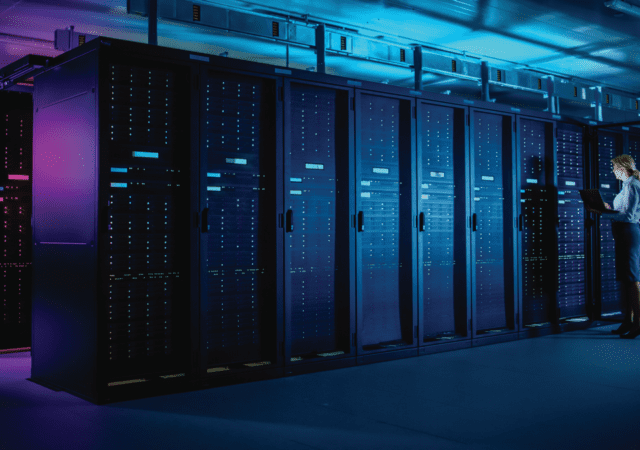Maximize SMB potential with technology. Stay agile by embracing technological advancements to meet customer demands, transact efficiently, and explore global opportunities.
Sustainability Cannot Exist Without Innovation, & Vice Versa – Here’s Why
Dell Technologies weighs in on why innovation and sustainability must go hand-in-hand in light of the recent 2030 Asia Pacific SDG Progress Report.
Schneider Electric and NVIDIA Collaborate to Revolutionize Data Centre Infrastructure
Schneider Electric and NVIDIA join forces to push the boundaries of innovation in data center infrastructure. Explore the future of AI and digital twin technologies.
Edge Computing Unbounded: A look at How New Organizations are Using Edge Computing as Competitive Differentiation
This article is contributed by Francis Chow, Vice President and General Manager, In-Vehicle Operating System and Edge, Red Hat Organizations across the globe are deploying new services, generating massive amounts of data at the edge. With this explosion of data,…
Edge Automation: Seven Industry Use Cases & Examples
With edge computing becoming more mainstream, numerous use cases and challenges have emerged. Red Hat shares some of the most pertinent.
How Managed Services Keep the Edge Ecosystem Afloat
With Edge computing becoming more mainstream, organisations are pressed for talent and management. However, they are presented with opportunities if they have the right managed services partners.
Edge Computing Benefits and Use Cases
Red Hat weighs in on the benefits of deploying and utilising edge computing in operations with actual use cases.
2022 and Beyond – Technologies that will Change the Dialogue
2022 is set to be one of the most revolutionary years in tech with the increase in 5G adoption as well as changing paradigms in cloud computing.
Six Edge Computing Trends to Watch in 2022
While many aspects of edge computing are not new, the overall picture continues to evolve quickly. For example, “edge computing” encompasses the distributed retail store branch systems that have been around for decades. The term has also swallowed all manner of local…
5G, Industry, & Collaboration at the Edge
Companies continually need to be at the forefront. With the emergence of edge computing and 5G, the need for collaborative innovation is even more prevalent.












